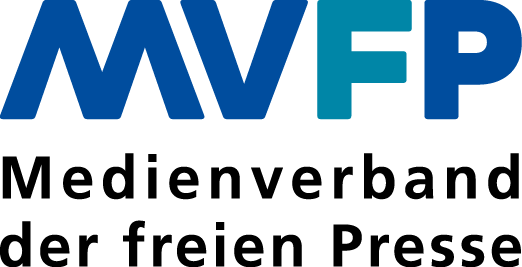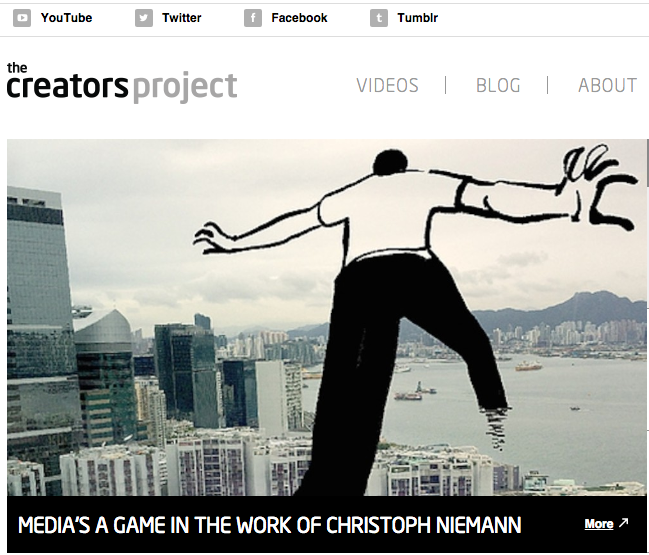5 examples of how mainstream news brands are exploring niches
DIS contributor Chris Price looks at how, in a bid to distinguish their content from the rest, many large mainstream news publishers are launching specialist websites.
It used to be the case that bloggers, independent publishers and publishers dedicated to media verticals focused mainly on producing niche content, leaving larger, general interest organisations to concentrate their efforts on more “mass-appeal” news.
But with more of us now consuming general news content via social media (around 60 per cent via Twitter and Facebook according to recent research from the Pew Research Center), it’s more of a challenge for publishers to make their content stand out from the crowd. Now some larger publishers are launching products in niche areas that ultimately may prove be more lucrative than their general interest counterparts.
As Atlantic Media’s chief operating officer Michael Finnegan told Digiday: “As the (social media) platforms continue to rise, it feels like they’re encroaching on that same category of broad general-interest news,” he said. “One of the ways to ensure that you’re not competing with them too much is to pinpoint areas of expertise where you can connect with your audience directly and offer something unique.”
Here we look at five of the most interesting examples of niche websites that have been launched by large mainstream publishers in the last few years.
Crux - Launched by The Boston Globe last year, Crux (www.cruxnow.com) reports exclusively on the goings on within the Catholic Church. It’s got off to a decent start too with six reporters and over 250,000 uniques a month according to ComScore. Although many of its articles appear in The Boston Globe, it has very little of the Boston title’s branding. Later this year will see the official launch of another niche website from the same stable. Called STAT (http://www.statnews.com/), it’s a standalone news site that will focus on health, medicine and life sciences. Currently both titles are free (unlike The Boston Globe) although STAT warns “we don’t have a paywall - not yet anyway”.
Fightland - From the makers of the arts and culture magazine and website Vice comes a publication specifically about one of the fastest growing sports in the world, MMA (Mixed Martial Arts). While clearly branded with the Vice logo and with similar design, Fightland, which launched in 2013, covers very different subject matter. Other areas that Vice has diversified into include Motherboard.tv (science and tech), Noisey.com (music), Thu.mp (electronic music), and Broadly, which "represents the multiplicity of women's experiences". Another title from Vice is TheCreatorsProject - see below.
TheCreatorsProject - Also from the Vice stable, creative arts website TheCreatorsProject has been around for a little while now. Launched in 2009 with Intel as founding partner, the platform features the works of visionary artists across multiple disciplines who are using technology to push the boundaries of creative expression. As well as daily video and editorial content, there’s an official YouTube Channel, original artwork commissions and global events. Participating artists include Daft Punk, Spike Jonze, Florence and the Machine and even David Bowie. Unlike some of the niche titles in Vice’s roster, branding on TheCreatorsProject is very subtle although like the other titles it sits on a Vice subdomain. Recent articles have included an artist who puts LinkedIn and Tinder profile pics of the same person next to each other and French artist Lucas Beaufort who paints on old skateboard magazines.
Logistics Report - It may not sound the most glamorous or sexy of titles, but Logistics Report, which launched in May, is the fifth in a string of vertical websites from The Wall Street Journal. Focused on global trade and transport infrastructure, it’s really a sub-brand of the Wall Street Journal with launch sponsorship from delivery firm UPS. “It’s very focused. That’s kind of the point,” Wall Street Journal business editor Dennis Berman, who oversees the section, told Digiday. “There are tens of billions of dollars at stake with these questions. If we can combine our general audience expertise and our specific subject matter expertise, most of the time we get it right.”
CFO Journal - The first of Wall Street Journal’s niche publications, CFO Journal was launched in 2011. Clearly targeted at one of the most important decision makers in any business, the Chief Financial Officer, it was followed up a year later with CIO Journal and then by Risk & Compliance Journal in 2013. Last year also saw the launch of the more marketing-focused CMO Today. It’s no coincidence that with these niche publications the Wall Street Journal is closely targeting heads of business, thereby making the sites particularly attractive to brands who want to reach this relatively small but important group of business people.
* The Digital Innovators’ Summit takes place from 20-22 March 2016. <link no_cache dis-register>Book now to take advantage of the pre-agenda, discounted offer (saving at least €800 on final delegate rates) – ending soon.





